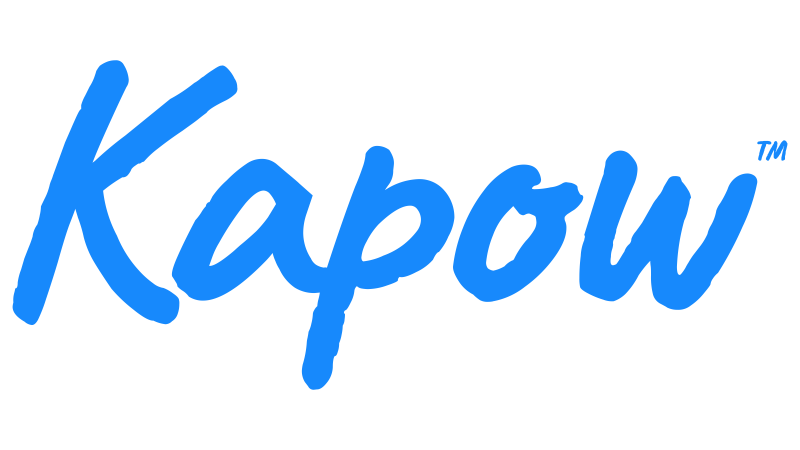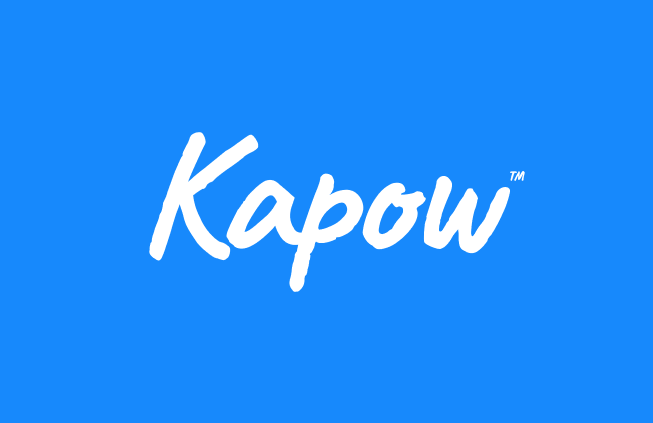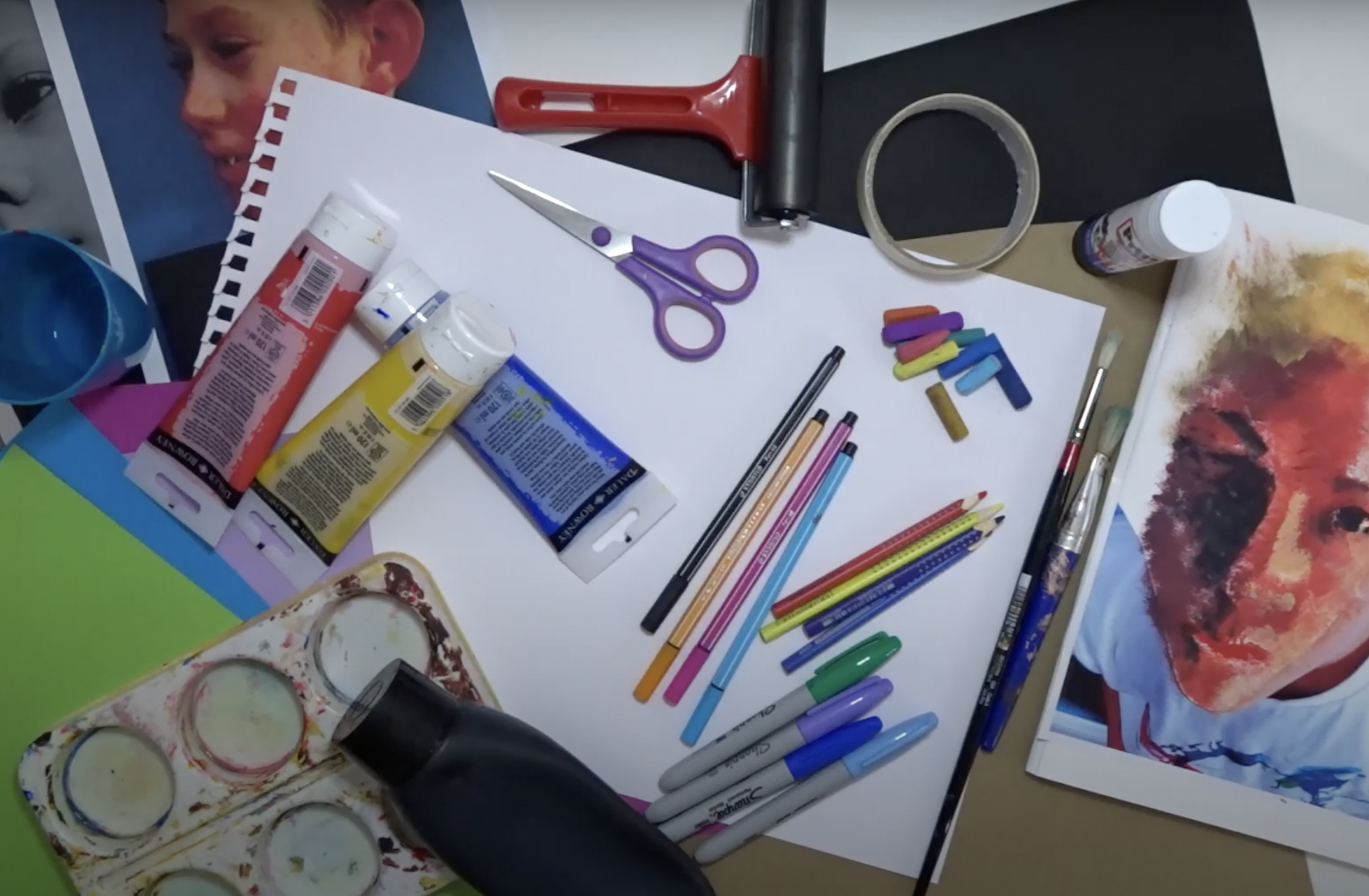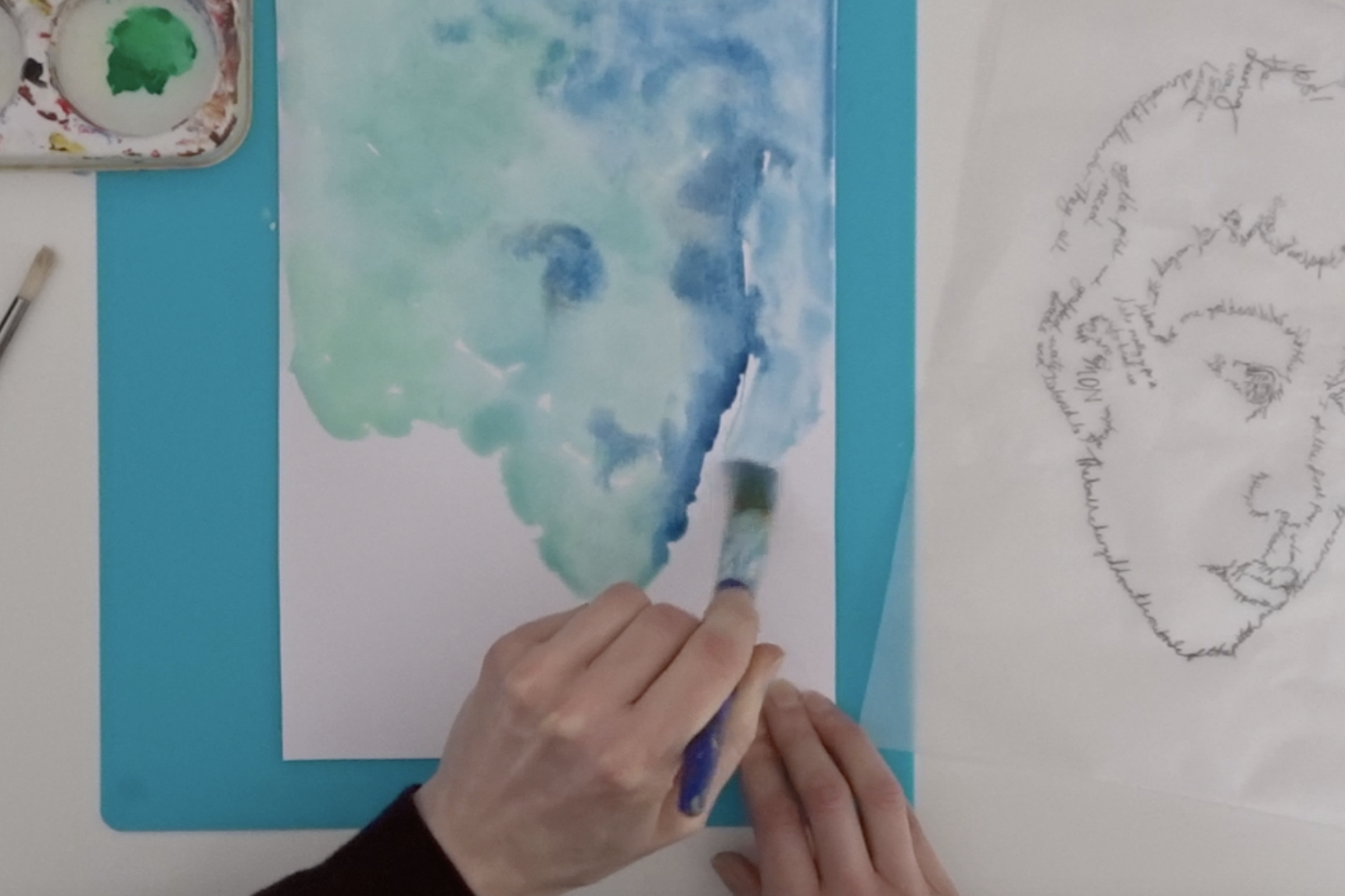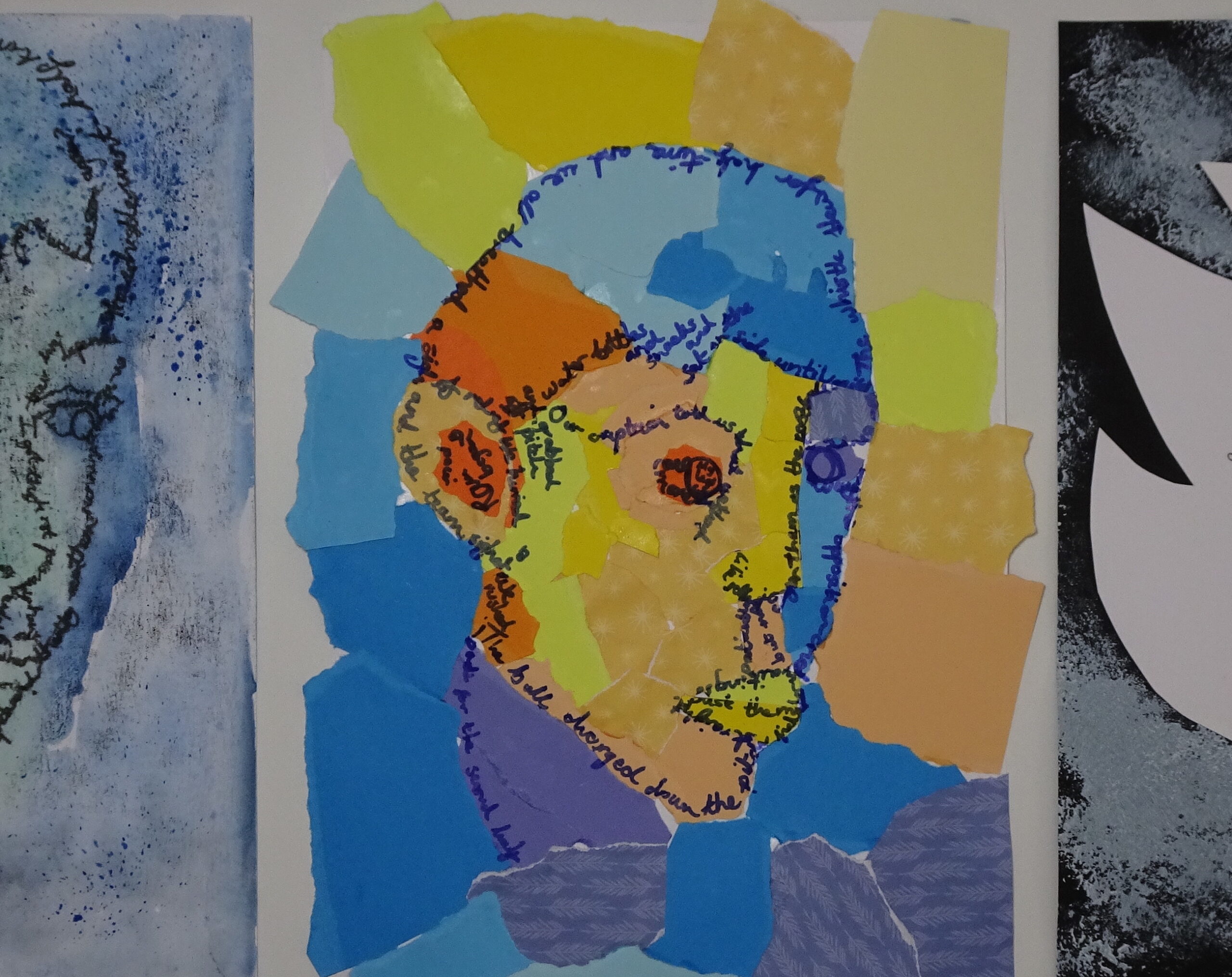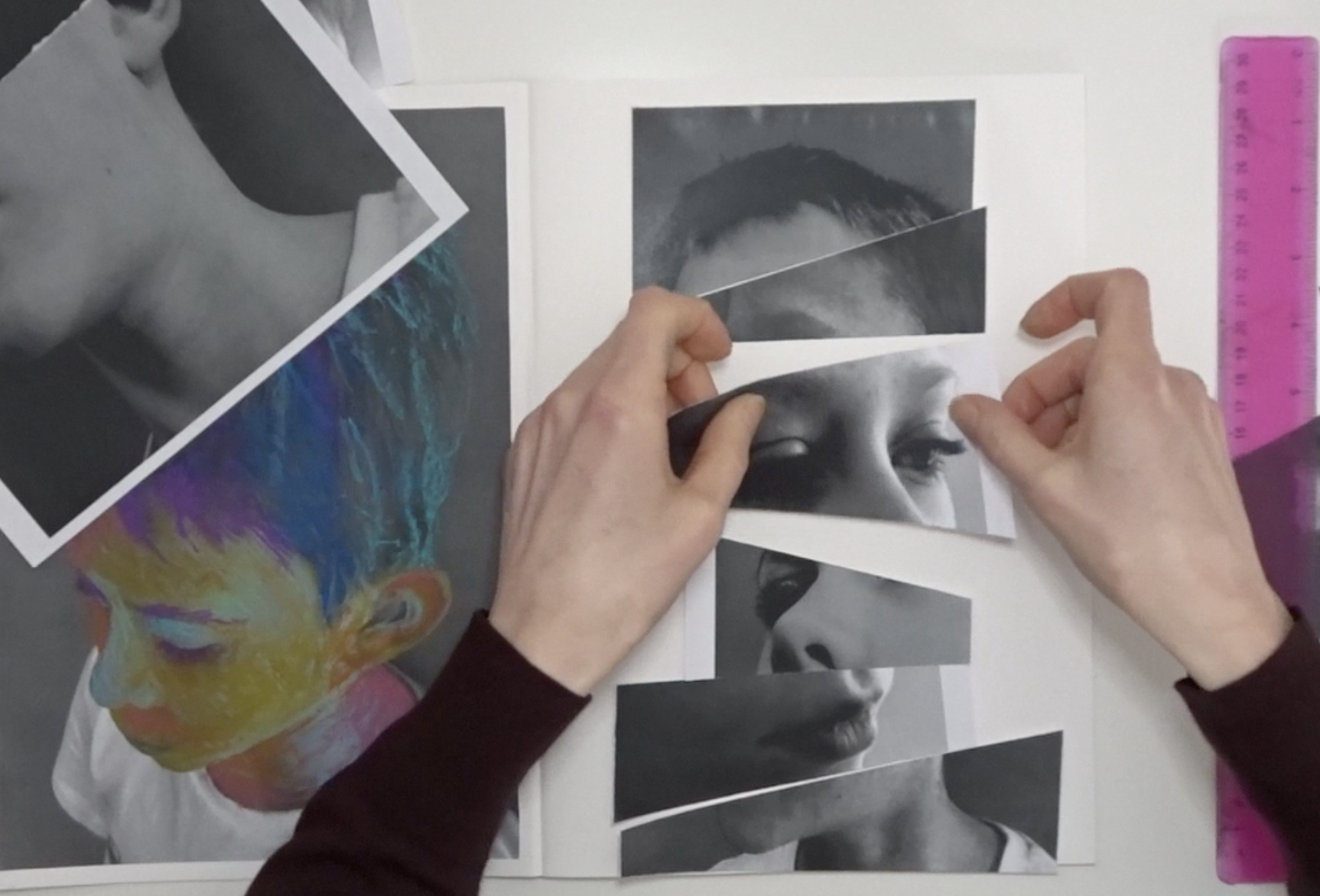Learning intention
- To identify the features of self-portraits.
Success criteria
- I can use art vocabulary to describe similarities
This content is for subscribers only. Join for access today.
Cambridge Primary Art & Design (0067) Learning objectives
Experiencing
E.01 Encounter, sense, experiment with
This content is for subscribers only. Join for access today.
Before the lesson
This content is for subscribers only. Join for access today.
Lesson plan
Recap and recall
Show slide 1 of the Presentation: Keyword. The keyword is portrait. Ask learners to answer the questions on their whiteboards.
This content is for subscribers only. Join for access today.
Extended-mode explainer videos
How to extend your display to view the lesson page and preseantion mode simultaneously. Choose your operating system below to watch the video
If you need further support with extending your display,
please contact [email protected].
Differentiation
Learners needing support:
- Could use the Activity: Artist research text for reduced reading to enable them to gather facts about the artist.
Learners working at a stretch:
- Could compare Chila Kumari Singh Burman’s self-portrait ‘Auto-portrait’ to work by another artist famous for their self-portraits.
- Should choose how they present their comparisons in their visual journals.
This content is for subscribers only. Join for access today.
Assessing progress and understanding
Learners with secure understanding can:
- Use some art vocabulary to talk
This content is for subscribers only. Join for access today.
Vocabulary definitions
-
evaluate
To decide if something has been done in the best way and looking at what could be improved.
-
portrait
A painting, drawing or photograph that shows the head and shoulders of a person.
This content is for subscribers only. Join for access today.
In this unit
Lesson 1: Poem portrait
Lesson 2: Developing drawings
Lesson 3: Self-portraits
Lesson 4: Changing faces
Lesson 5: Mixed media portraits
